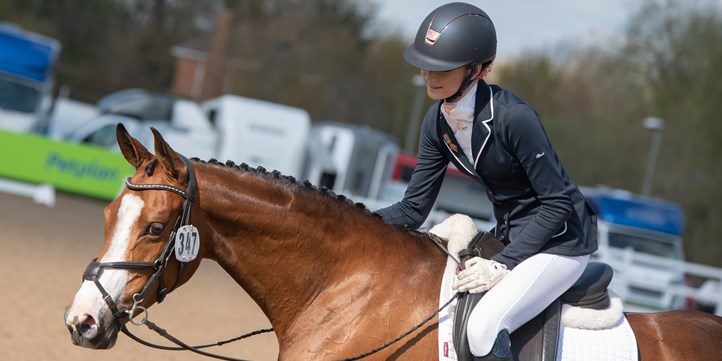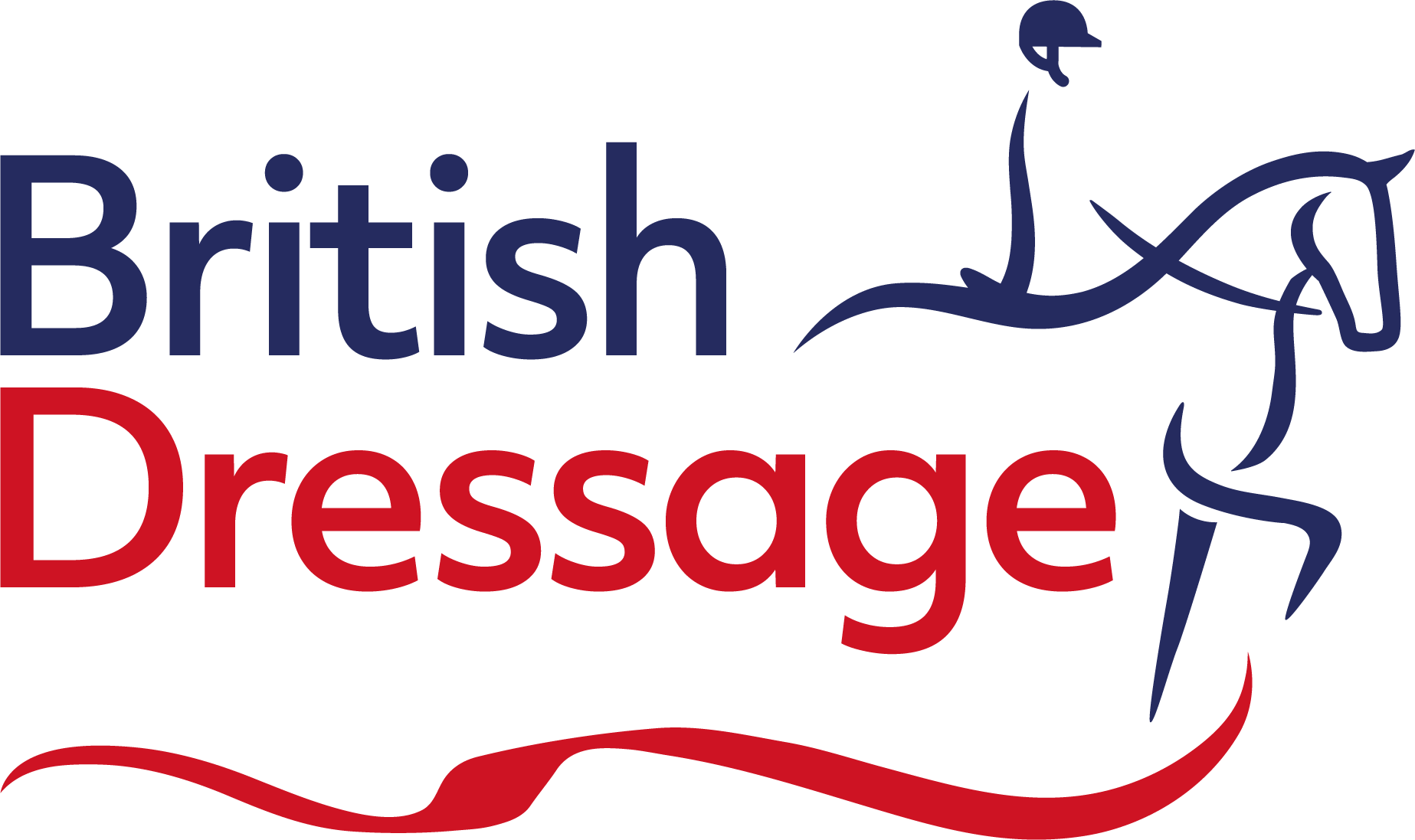Sara Green – De-mystifying the music
Sara Green is first and foremost a dressage to music enthusiast, who has produced music for tests at all levels from Prelim to International Grand Prix. Here she gives us her insight into matching your music to your horse and your choreography.

Preparation
- The single most important thing to understand before you begin to choose your music is to understand the difference between rhythm and tempo and how this applies to the way your horse moves.
- The rhythm is the way the horse moves – walk four-time, trot two-time and so on. The tempo is the speed the legs work within the pace.
- It’s really important when choosing music to listen to the rhythm first. Does it sound like the pace? e.g. a marching walk, a punching trot or an up and down canter.
- Then work out your tempo. To do this just count the number of times a nominated leg hits the ground for 30 seconds, double it and you have your beats per minute (bpm). Generally, a walk will be 95-110bpm, trot 140-180 and canter 95-110. So, walk and canter have a very similar tempo but a completely different rhythm.
- When you are choosing music for your Freestyle test, listen to the predominant beat and ask yourself ‘does the rhythm say what I’m doing?’
- Then see if your piece of music has dynamic changes in it, which can be used to signify a change within the pace – working trot to medium trot for instance. Or for a stretchy trot circle in your Prelim test – use a more relaxed part of the music. This really enhances and helps with the story telling part of the performance.
Music and floorplan combination
- When you have chosen your music and matched it to your floorplan listen to it – does it fit together smoothly, does it have expression? Put simply does it feel like music to a dance routine?
- Choosing a theme can help pull all this together, maybe the same artist or tv themes, a similar orchestration or movies or musicals. This provides the link through the music.
- If you are competing at the lower levels, you do not need a complicated floorplan. Let the music lead your choreography and let it take you into movements to match its expression.
- I often say to people I’m helping, “You have to like the music you ride to but you can’t necessarily ride to the music you like.”
- Don’t forget the personality of your horse as well as showing his best movements. The judge doesn’t know your horse, but you can show his personality through the music you choose as well as matching his physical presence. i.e. don’t choose fairy light music for a heavier weight horse – unless he is exceptionally light on his feet!!
And finally…
- Don’t forget your intros and endings. You want to announce your entry into the arena with a ‘hey I’m here – I’ve arrived!’
- Your ending also needs to be definitive and finish with a ‘bang’!!
- More than anything else though, dressage to music is fun, you can be creative and show off your horse and your riding – so enjoy it!
